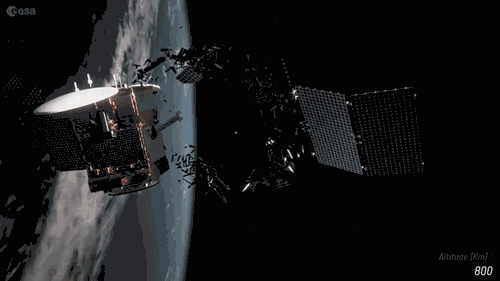It’s no surprise that the stars in the sky are regulars when it comes to spitting out energy—and it certainly appears to be the case when you check out events like a recently-observed massive solar storm and the fast-spinning “Propeller Star” white dwarf.
There’s definitely a surprise involved, however, with a particular star in the sky locked in the Sculptor Galaxy, located some 13 million light-years from Earth. It’s not your everyday star like our own Sun, however; this one’s called a magnetar, and it managed to spit out so much energy that the Sun would need some 100,000 years to match its split-second output. The results of this astounding observation were published in the journal Nature.
Magnetars are rapidly-spinning neutron stars, which are basically stars that didn’t collapse into black holes, that possess exceptionally strong magnetic fields. They thus possess both the ultramassive qualities of a “standard” neutron star and the high-energy electromagnetic bursts given by the decay of its magnetic field.
These magnetars are among the most bizarre objects in the universe, with scientists constantly on the lookout for them to give us a better understanding of these unique kinds of stars at the ends of their life cycles.
One of the magnetars within the Sculptor Galaxy, however, decided to make a statement, and just sent out a flare with enough energy to match our Sun’s total output for 100 millennia—and it all went out at just 1/10ths of a second, according to LiveScience.
“Even in an inactive state, magnetars can be 100,000 times more luminous than our sun […] [but] in the case of the flash that we have studied — GRB2001415 — the energy that was released is equivalent to that which our sun radiates in 100,000 years,” said lead author and Spanish Research Council Institute for Astrophysics of Andalucia research professor Alberto Castro-Tirado.
Study co-author Victor Reglero calls the recently-observed magnetar GRB2001415 a “true cosmic monster,” in part due to its huge amount of energy output. The energetic flare itself was detected on the 15th of April in 2020 back at the Atmosphere-Space Interactions Monitor (ASIM), an instrument aboard the International Space Station (ISS).
The entire event, which lasted just some 0.16 seconds, was recorded in only some two seconds of data; however, this seemingly short duration of data gathering needed to be analyzed for more than a year before the research team revealed their results.
The magnetar GRB2001415 joins the roughly 30 known magnetars, which themselves are part of the 3,000-strong list of neutron stars found across the sky. Scientists suspect that the energetic flare was the result of a so-called “starquake,” which is said to disrupt the “elastic” outer layers of magnetars and lead them to emit such high amounts of energy in such short periods of time.
References
- Castro-Tirado, A. J., Østgaard, N., Göǧüş, E., Sánchez-Gil, C., Pascual-Granado, J., Reglero, V., Mezentsev, A., Gabler, M., Marisaldi, M., Neubert, T., Budtz-Jørgensen, C., Lindanger, A., Sarria, D., Kuvvetli, I., Cerdá-Durán, P., Navarro-González, J., Font, J. A., Zhang, B.-B., Lund, N., … Yang, S. (2021). Very-high-frequency oscillations in the main peak of a magnetar giant flare. Nature, 600(7890), 621–624. https://doi.org/10.1038/s41586-021-04101-1
- Harbaugh, J. (2015, May 13). Magnetar near supermassive black hole delivers surprises [Text]. NASA. http://www.nasa.gov/mission_pages/chandra/magnetar-near-supermassive-black-hole-delivers-surprises.html
- Weisberger, M. (2022, January 2). ‘Cosmic monster’ star spits energy with the force of a billion suns. LiveScience. https://www.livescience.com/magnetar-giant-flare-oscillations-ai











